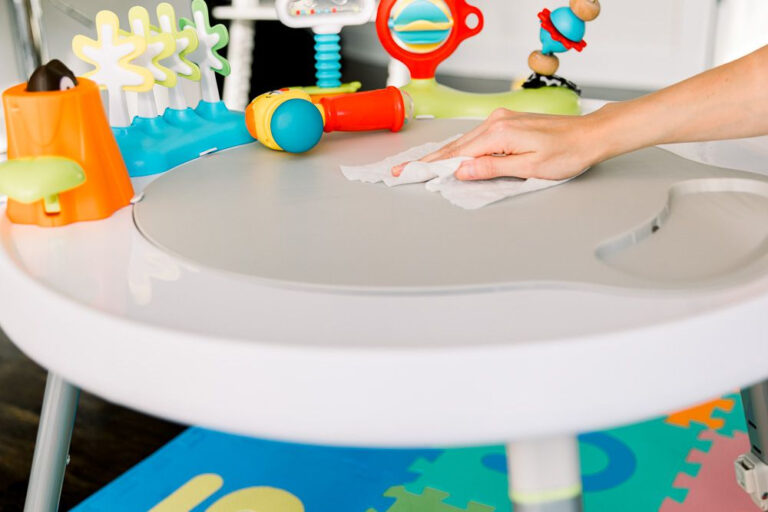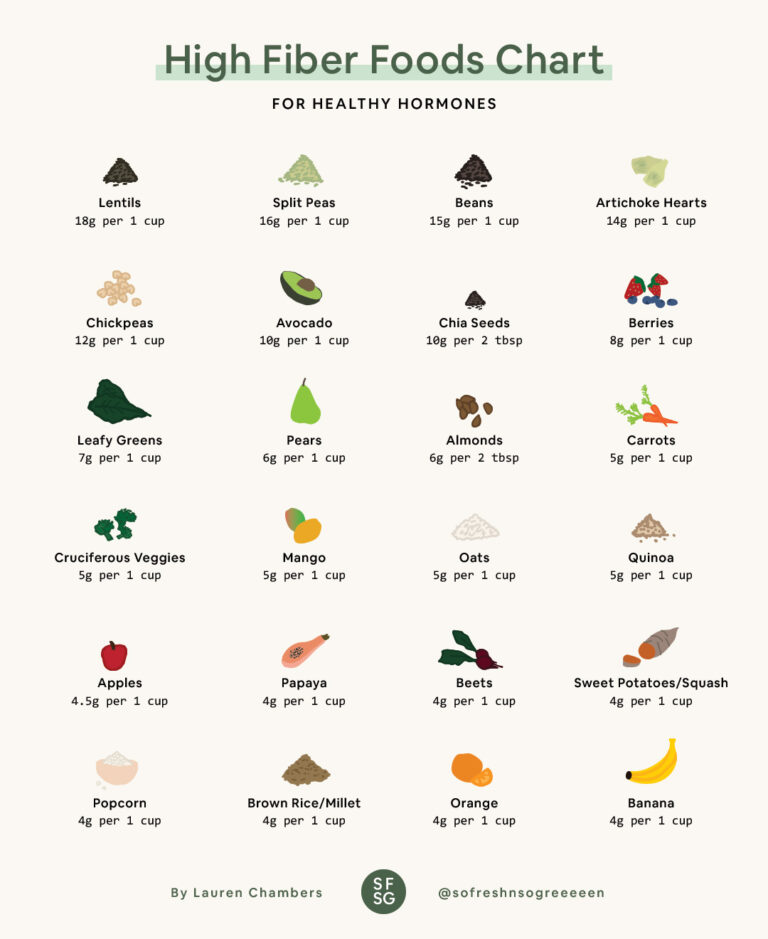Working Out With Diastasis Recti: A Comprehensive Guide
Diastasis recti, a condition characterized by the separation of the abdominal muscles, affects many individuals, particularly during and after pregnancy. This condition can lead to various symptoms, including a protruding belly, back pain, and difficulty with certain exercises. Understanding the causes, symptoms, and proper management of diastasis recti is crucial for effective recovery and prevention.
In this comprehensive guide, we will delve into the intricacies of diastasis recti, exploring safe and effective exercises, recovery timelines, and tips for promoting healing. We will also debunk common myths and misconceptions, discuss pre and postpartum considerations, and explore complementary therapies that may support recovery.
Definition of Diastasis Recti
Fam, let’s get real about Diastasis Recti (DR), a condition where the two muscles in your midriff, the rectus abdominis, split apart. It’s like a zip that’s come undone down the middle of your tum.
DR can happen after pregnancy, when the uterus stretches your belly and weakens the connective tissue that holds the muscles together. It can also be caused by other things like lifting heavy weights or doing exercises that strain your core.
Symptoms
If you’ve got DR, you might notice:
- A bulge or ridge down the middle of your belly
- Pain in your back or lower belly
- Trouble doing sit-ups or other exercises that work your core
- Leaking wee when you laugh or cough
Causes
DR is usually caused by:
- Pregnancy
- Lifting heavy weights
- Doing exercises that strain your core
- Being overweight or obese
- Having a family history of DR
Exercises for Diastasis Recti
Get your abs back in tip-top shape with these banging exercises designed to tackle diastasis recti. These moves will help tighten up that tummy and give you the strong core you’ve been dreaming of.
Safe and Effective Exercises
- Plank: Hold this pose like a boss, engaging your core to keep your body in a straight line from head to heels. It’s a classic for a reason, bruv.
- Side Plank: Crank up the intensity by holding a plank on your side. It’ll fire up those obliques and help close that gap between your abs.
- Bird Dog: Get down on all fours and reach out your opposite arm and leg, keeping your back flat. This one targets your core stability and coordination.
- Dead Bug: Lie on your back with your arms and legs straight up. Slowly lower your arms and legs, keeping your back pressed into the floor. It’s like a controlled fall for your core.
- Pelvic Tilt: Lie on your back with your knees bent and feet flat on the floor. Tilt your pelvis up, squeezing your glutes and flattening your back. This one helps align your pelvis and strengthen your lower abs.
Modifications for Different Fitness Levels
Don’t sweat it if you’re not a gym bunny yet. Here are some modifications to make these exercises more manageable:
- Beginner: Start with shorter hold times and fewer reps. Focus on maintaining proper form rather than pushing yourself too hard.
- Intermediate: Increase the hold times and reps gradually. You can also try adding weights or resistance bands for an extra challenge.
- Advanced: Go all out! Increase the intensity by holding longer, adding weights, or trying variations like the side plank with leg lift.
Recovery Timeline and Tips
Recovering from Diastasis Recti (DR) takes time and consistency. Typically, it can take around 8-12 weeks to notice significant improvements. However, the exact timeline can vary depending on the severity of the separation and your commitment to the recovery process.
Here are some tips to promote healing and prevent further separation:
Posture and Body Mechanics
Maintaining proper posture and body mechanics is crucial for DR recovery. Avoid slouching, hunching, or arching your back. When lifting objects, bend your knees and lift with your legs, not your back. Sit up straight with your shoulders relaxed and your back supported.
Exercises
Specific exercises designed for DR can help strengthen the core muscles and promote healing. These exercises typically focus on engaging the transverse abdominis muscle, which is the deepest abdominal muscle responsible for stabilizing the spine and pelvis.
Rest
Adequate rest is essential for recovery. Avoid strenuous activities or heavy lifting that can put strain on the abdominal muscles. Listen to your body and rest when needed.
Other Tips
* Use a belly band or support belt to provide extra support for the abdominal muscles.
* Avoid straining during bowel movements.
* Manage your weight to reduce pressure on the abdomen.
* Seek professional guidance from a physical therapist or doctor for personalized advice and support.
When to Seek Medical Attention
If you experience any of the following signs or symptoms, it’s important to seek medical attention as soon as possible:
- A bulge in your abdomen that is visible when you cough, sneeze, or strain.
- Pain in your abdomen or back.
- Difficulty breathing.
- A feeling of fullness or bloating after eating.
- Constipation or diarrhea.
- Urinary incontinence.
If left untreated, diastasis recti can lead to a number of serious complications, including:
- Hernias.
- Organ prolapse.
- Back pain.
- Pelvic pain.
- Sexual dysfunction.
It’s important to see a healthcare professional if you think you may have diastasis recti. They can diagnose the condition and recommend the best course of treatment.
Myths and Misconceptions
Blud, let’s get real about Diastasis Recti. There’s mad misinformation floating around, but we’re here to set the record straight.
Remember, it’s crucial to rely on evidence-based info from the pros. Don’t fall for the trap of believing everything you see on social media or hear from some random influencer.
Debunking Common Myths
- Myth: Diastasis Recti only happens to women who have had kids.
- Fact: Anyone can get Diastasis Recti, including men and people who have never been pregnant.
- Myth: Diastasis Recti can be fixed with just a few exercises.
- Fact: While exercises can help improve Diastasis Recti, they are not a quick fix. It takes time and consistency.
- Myth: Diastasis Recti is a serious medical condition.
- Fact: Diastasis Recti is usually not a serious medical condition. However, it can lead to other problems, such as back pain and incontinence.
Pre and Postpartum Considerations

Diastasis Recti (DR) is a common condition during pregnancy, affecting up to 60% of women. It occurs when the two muscles of the abdomen (the rectus abdominis) separate along the midline, creating a gap. This separation can range from a few centimetres to several inches.
DR is caused by the hormonal changes of pregnancy, which relax the ligaments and muscles of the abdomen. As the baby grows, it puts pressure on the abdominal muscles, causing them to stretch and separate. Risk factors for DR include:
– Multiple pregnancies
– Large babies
– Polyhydramnios (excess amniotic fluid)
– Previous abdominal surgery
– Weak abdominal muscles before pregnancy
Postpartum recovery is essential for healing DR. It is important to avoid exercises that put pressure on the abdominal muscles, such as sit-ups and crunches. Instead, focus on exercises that strengthen the core muscles, such as pelvic tilts, bird dogs, and planks.
There are also a number of things you can do to prevent DR during pregnancy and after childbirth:
– Maintain a healthy weight
– Exercise regularly to strengthen your core muscles
– Use a support belt during pregnancy
– Avoid lifting heavy objects
– Breastfeed your baby, as this helps to strengthen the abdominal muscles
If you have DR, it is important to see a doctor or physical therapist for evaluation and treatment. In most cases, DR will resolve on its own within a few months after childbirth. However, in some cases, surgery may be necessary to repair the separation.
Complementary Therapies
Complementary therapies can support Diastasis Recti (DR) recovery by promoting healing, reducing inflammation, and improving muscle function. They work alongside traditional exercises and lifestyle modifications to enhance the recovery process.
Massage, acupuncture, and chiropractic care are common complementary therapies for DR. Massage helps relax and soften scar tissue, improving blood flow and reducing pain. Acupuncture stimulates specific points on the body to promote healing and reduce inflammation. Chiropractic care focuses on spinal alignment and nerve function, which can indirectly support DR recovery by improving posture and reducing tension.
Qualified Practitioners
When seeking complementary therapies, it’s crucial to choose qualified practitioners. Look for therapists with specific training and experience in treating DR. Reputable organizations like the International Association of Healthcare Practitioners (IAHP) and the British Chiropractic Association (BCA) can provide referrals to qualified practitioners.
Support and Resources
Navigating Diastasis Recti can be challenging, but you’re not alone. Connecting with others who understand your journey and accessing reliable information is crucial.
Here are some helpful resources to support your recovery:
Online Support Groups and Forums
- Diastasis Recti Support Group (Facebook): A supportive community for individuals with DR, offering encouragement and advice.
- DR Warriors Forum (BodyBuilding.com): A forum dedicated to DR, providing discussions, success stories, and workout plans.
Reputable Websites and Resources
- Diastasis Recti Society: A non-profit organization dedicated to DR education and support.
- Tummy Team: A website providing comprehensive information on DR, including exercises and recovery tips.
Healthcare Professionals and Support Systems
It’s essential to connect with healthcare professionals, such as physical therapists, women’s health specialists, or surgeons, for guidance and treatment options.
Additionally, seek support from family, friends, or a support group to provide emotional encouragement and practical assistance during your recovery.
FAQ Corner
Can diastasis recti be prevented?
While not always preventable, maintaining a healthy weight, practicing proper posture, and engaging in core-strengthening exercises during pregnancy and postpartum can help reduce the risk of developing diastasis recti.
How long does it take to recover from diastasis recti?
Recovery time varies depending on the severity of the separation. With consistent exercise and proper care, most individuals notice significant improvement within 8-12 weeks, although complete healing may take up to a year or longer.
Can diastasis recti cause back pain?
Yes, diastasis recti can weaken the core muscles, leading to instability and back pain. Strengthening the abdominal and back muscles through targeted exercises can help alleviate this pain.





